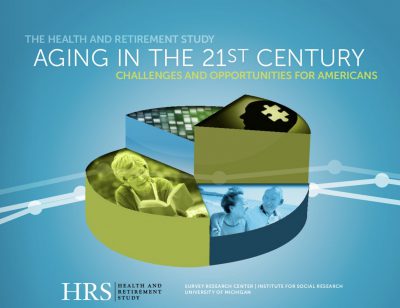Finding
 Mark D Peterson, Jessica Faul of the Michigan Center on the Demography of Aging, and colleagues used the Health and Retirement Study (HRS) to determine the link between grip strength & inflammation as predictors of disability, chronic multimorbidity and dementia
Mark D Peterson, Jessica Faul of the Michigan Center on the Demography of Aging, and colleagues used the Health and Retirement Study (HRS) to determine the link between grip strength & inflammation as predictors of disability, chronic multimorbidity and dementia
Background
The objective of this study was to use nationally-representative data on Americans greater than 50 years of age to determine the association between grip strength and inflammation as independent predictors of incident disability, chronic multimorbidity and dementia.
Methods
Middle age and older adults (n = 12,618) from the 2006–2008 waves of the Health and Retirement Study with 8-years of follow-up were included. Longitudinal modeling was performed to examine the association between baseline grip strength (normalized to body mass: NGS) and high sensitivity C-reactive protein (hs-CRP) (≥3.0 mg/L) with incident physical disabilities (i.e., ≥2 limitations to activities of daily living), chronic multimorbidity (≥2 of chronic conditions), and dementia.
Results
The odds of incident disability were 1.25 (95% CI: 1.20–1.30) and 1.31 (95% CI: 1.26–1.36) for men and women respectively, for each 0.05-unit lower NGS. The odds of incident chronic multimorbidity were 1.14 (95% CI: 1.08–1.20) and 1.14 (95% CI: 1.07–1.21) for men and women respectively for each 0.05-unit lower NGS. The odds of incident dementia were 1.10 for men (95% CI: 1.02–1.20) for each 0.05-unit lower NGS, but there was no significant association for women. Elevated hs-CRP was only associated with chronic multimorbidity among men (OR = 1.29; 95% CI: 1.00–1.73) and women (OR = 1.60; 95% CI: 1.26–2.02).
Conclusions
Our findings indicate a robust inverse association between NGS and disability and chronic, multimorbidity in older men and women, and dementia in men. Elevated hs-CRP was only associated with chronic multimorbidity in men and women. Healthcare providers should implement measures of grip strength in routine health assessments and discuss the potential dangers of weakness as well as interventions to improve strength with their patients.
